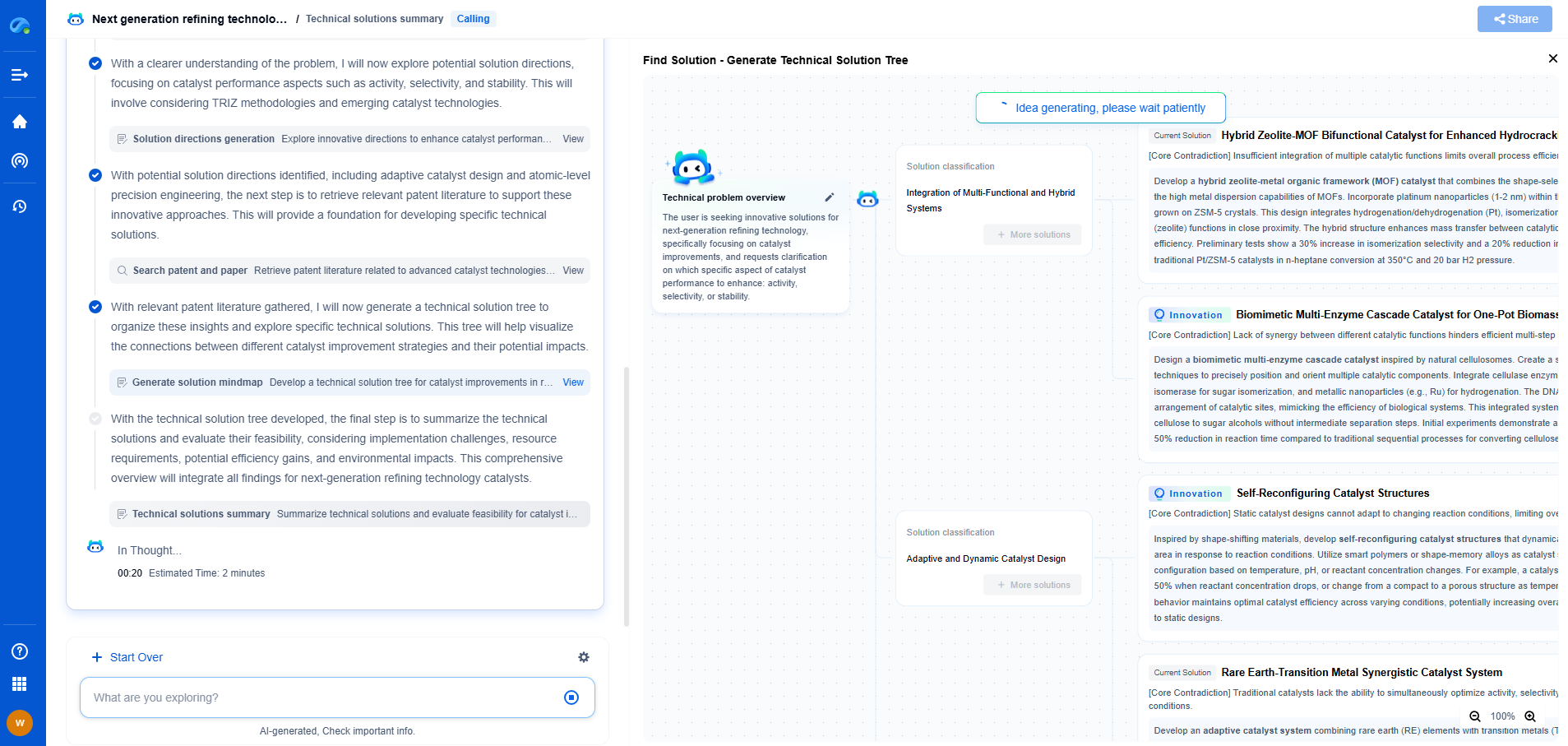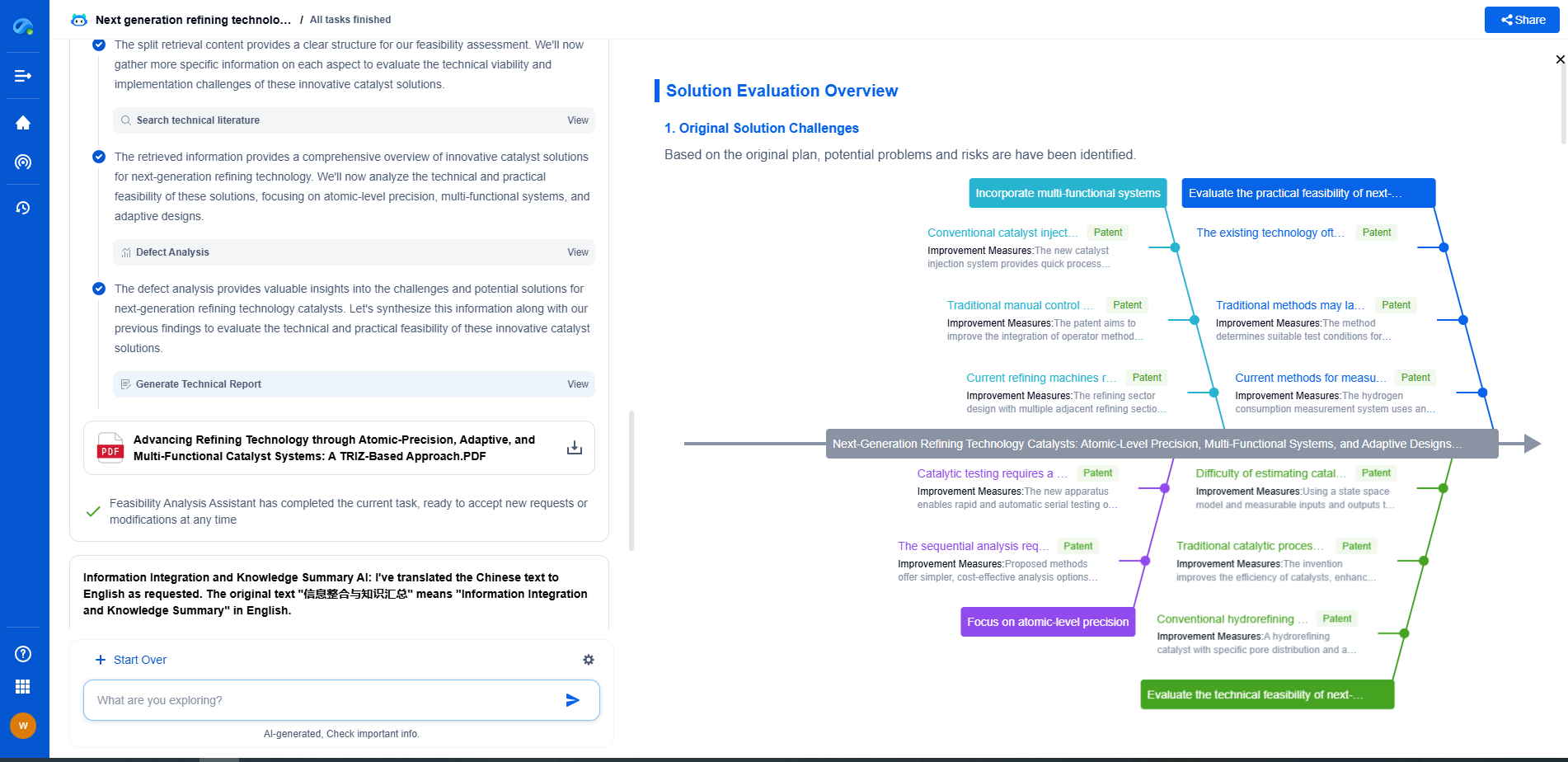What Is a Modem? How Modulation & Demodulation Work
JUN 27, 2025 |
A modem, short for modulator-demodulator, is a fundamental component in our digital communication systems. Its primary function is to convert digital data from a computer into an analog signal that can be transmitted over phone lines or cable systems, and vice versa. This device is a crucial link between your home or office network and the wider internet, enabling seamless data exchange.
The Role of Modulation
Modulation is the process of varying a carrier signal in order to encode the digital information that needs to be transmitted. To put it simply, modulation involves adjusting the properties of a signal, such as its amplitude, frequency, or phase, to represent binary data. There are several types of modulation techniques, each with its own advantages and applications.
1. Amplitude Modulation (AM)
In amplitude modulation, the amplitude or strength of the signal is varied to encode data. This method is relatively simple but is quite susceptible to noise and interference. Despite its limitations, AM is still used in some contexts due to its simplicity.
2. Frequency Modulation (FM)
Frequency modulation involves varying the frequency of the carrier signal. It is more resistant to noise than amplitude modulation and is commonly used in radio broadcasting, where clarity and quality are important.
3. Phase Modulation (PM)
Phase modulation is a technique where the phase of the carrier signal is changed in accordance with the digital data. PM can be very efficient in terms of bandwidth usage and is often used in conjunction with other modulation techniques.
The Process of Demodulation
Demodulation is the reverse process of modulation. It involves extracting the original digital data from the modulated carrier signal. When a signal reaches its destination, the modem decodes this modulated signal back into a digital format that the receiving device can understand.
How Modulation and Demodulation Work Together
A modem works by combining modulation and demodulation processes to ensure effective data transmission. When a user sends data from a computer, the modem first modulates this data into an analog signal suitable for transmission over phone lines or cable. Once the signal reaches its destination, another modem demodulates it back into digital data, which can then be processed by the receiving computer.
Types of Modems
Modems come in various forms, each suited to different types of communication networks. Understanding these can help you choose the right modem for your needs.
1. Dial-up Modems
Dial-up modems were among the first types used for internet connectivity. They connect to the internet using a telephone line and are characterized by their relatively slow speeds. While largely obsolete today, they were instrumental in the early days of internet access.
2. DSL Modems
Digital Subscriber Line (DSL) modems use existing telephone lines to provide internet access. Unlike dial-up, DSL modems do not tie up the phone line, allowing for simultaneous voice and data transmission. They offer higher speeds compared to dial-up modems.
3. Cable Modems
Cable modems connect to the internet through cable television lines. They offer significantly higher speeds than both dial-up and DSL modems, making them a popular choice for home broadband connections.
4. Fiber Optic Modems
Fiber optic modems are used with fiber optic internet connections, providing some of the fastest internet speeds available. They transmit data using light signals over fiber optic cables, making them less susceptible to interference and capable of handling high data volumes.
Choosing the Right Modem
Selecting the appropriate modem depends on several factors, including the type of internet connection available, the desired internet speed, and your budget. It’s essential to research and consider these factors to ensure you get a modem that meets your needs for reliable and efficient internet connectivity.
Conclusion
Modems play an essential role in bridging the gap between digital devices and analog communication lines. Through the processes of modulation and demodulation, they enable the seamless transmission of data across various types of networks. Whether you are using a dial-up, DSL, cable, or fiber optic connection, understanding how modems work can help you make informed decisions about your internet setup and improve your overall online experience.
Accelerate Electronic Circuit Innovation with AI-Powered Insights from Patsnap Eureka
The world of electronic circuits is evolving faster than ever—from high-speed analog signal processing to digital modulation systems, PLLs, oscillators, and cutting-edge power management ICs. For R&D engineers, IP professionals, and strategic decision-makers in this space, staying ahead of the curve means navigating a massive and rapidly growing landscape of patents, technical literature, and competitor moves.
Patsnap Eureka, our intelligent AI assistant built for R&D professionals in high-tech sectors, empowers you with real-time expert-level analysis, technology roadmap exploration, and strategic mapping of core patents—all within a seamless, user-friendly interface.
🚀 Experience the next level of innovation intelligence. Try Patsnap Eureka today and discover how AI can power your breakthroughs in electronic circuit design and strategy. Book a free trial or schedule a personalized demo now.
- R&D
- Intellectual Property
- Life Sciences
- Materials
- Tech Scout
- Unparalleled Data Quality
- Higher Quality Content
- 60% Fewer Hallucinations
Browse by: Latest US Patents, China's latest patents, Technical Efficacy Thesaurus, Application Domain, Technology Topic, Popular Technical Reports.
© 2025 PatSnap. All rights reserved.Legal|Privacy policy|Modern Slavery Act Transparency Statement|Sitemap|About US| Contact US: help@patsnap.com

